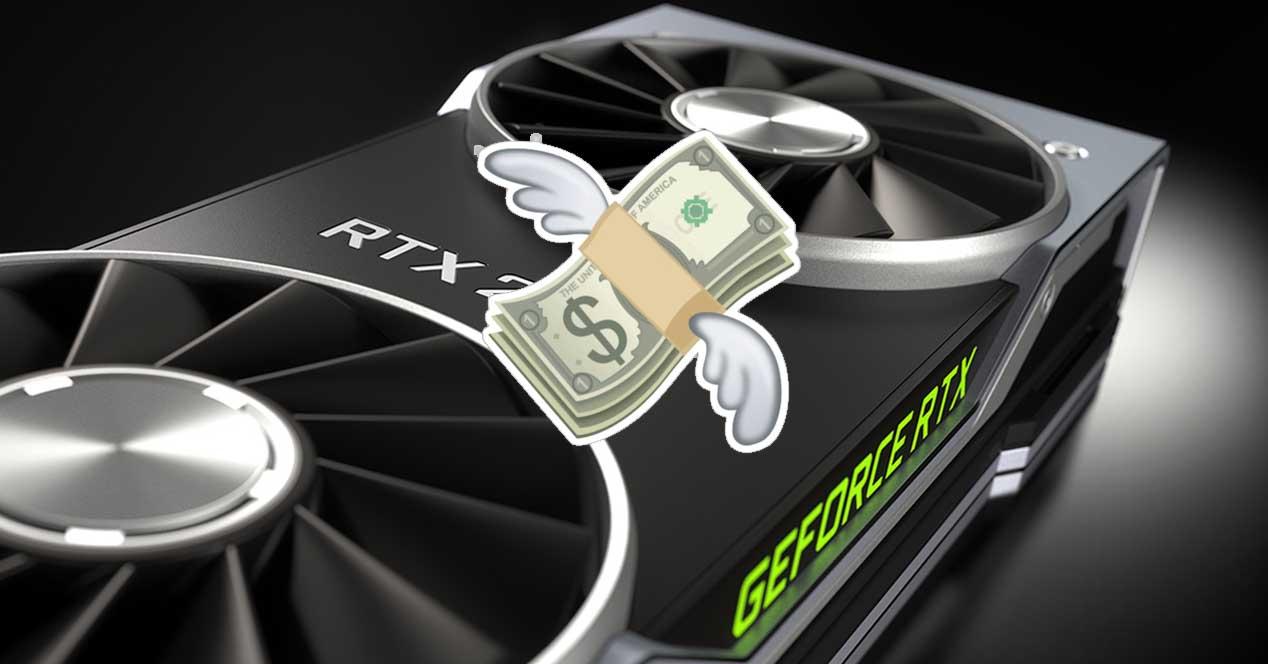Following the release of NVIDIA’s RTX 30 series, the official recommended price for graphics cards has been lowered slightly; however, the subsequent boom in cryptocurrency mining caused the price of graphics cards to spiral out of control, and according to NVIDIA’s own data, on average, users had to pay an additional $300 to purchase one of these. their GPUs (although as we saw, in Europe we came to see the prices in stores that were double the price recommended by the brand).
What about the price of NVIDIA graphics?
During this week’s investor conference, NVIDIA VP Jeff Fisher discussed sales of Ampere architecture-based graphics cards, the RTX 30 series, saying they’ve sold millions of units, generating record revenues despite the fact that what the company receives for sales of its products has nothing to do with the actual price paid by users.
If we approach this claim from another angle, what we can conclude is that if, for example, NVIDIA puts a 699 euro RPSP (recommended retail price) on a graphics card, it does not matter if the store then sells at 699 or 999 dollars, they will earn the same money (so this implies that the difference that we pay more is not taken by NVIDIA, but by the distributor, the store or any other component of the chain).
Fisher also mentioned that today’s graphics cards offer more value than ever, that’s why it’s better to pay a premium than before and this has been proven by gamers, as sales have broken all records . It seems clear that today gamers don’t mind paying more money for the graphics card as long as it provides the performance
So, will the graphics now be more expensive?
What NVIDIA wanted to tell us with all of this, or at least that’s the conclusion we draw from it, is that even setting aside the rising price of graphics cards caused by high demand and the lack of stock, gamers seem very willing to pay more for their graphics cards, since according to NVIDIA data even though this last generation was more expensive than the previous one (and the next one will be more expensive than this one), the level of sales increased (generating them more income, of course, as you can see in the slide we put in the previous section).
So, and to answer the question of the person in charge of this section, it seems that graphics cards are going to be more and more expensive, and not because there is speculation or lack of stock, but because they offer more and more improvements, improvements that they have a lot of development effort, time and money behind them, which provide great benefits to players and are worth paying for (it’s less what NVIDIA says).
Maybe after that we get to the point where it costs more to buy a graphics card than all the other components of the PC (well, in high-end models it’s already like that), but this what we have also made clear is that for many improvements and the performance that the top models offer us, in the end the best-selling graphics are always those of midrange.










